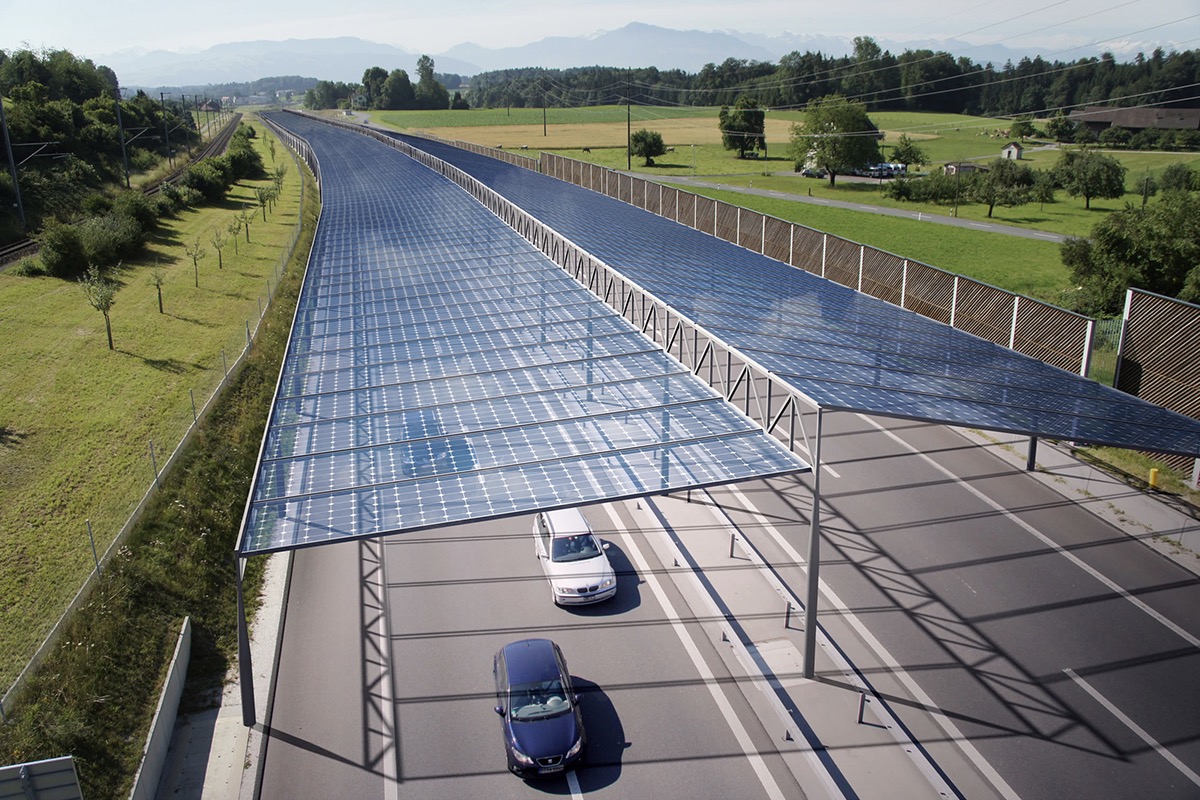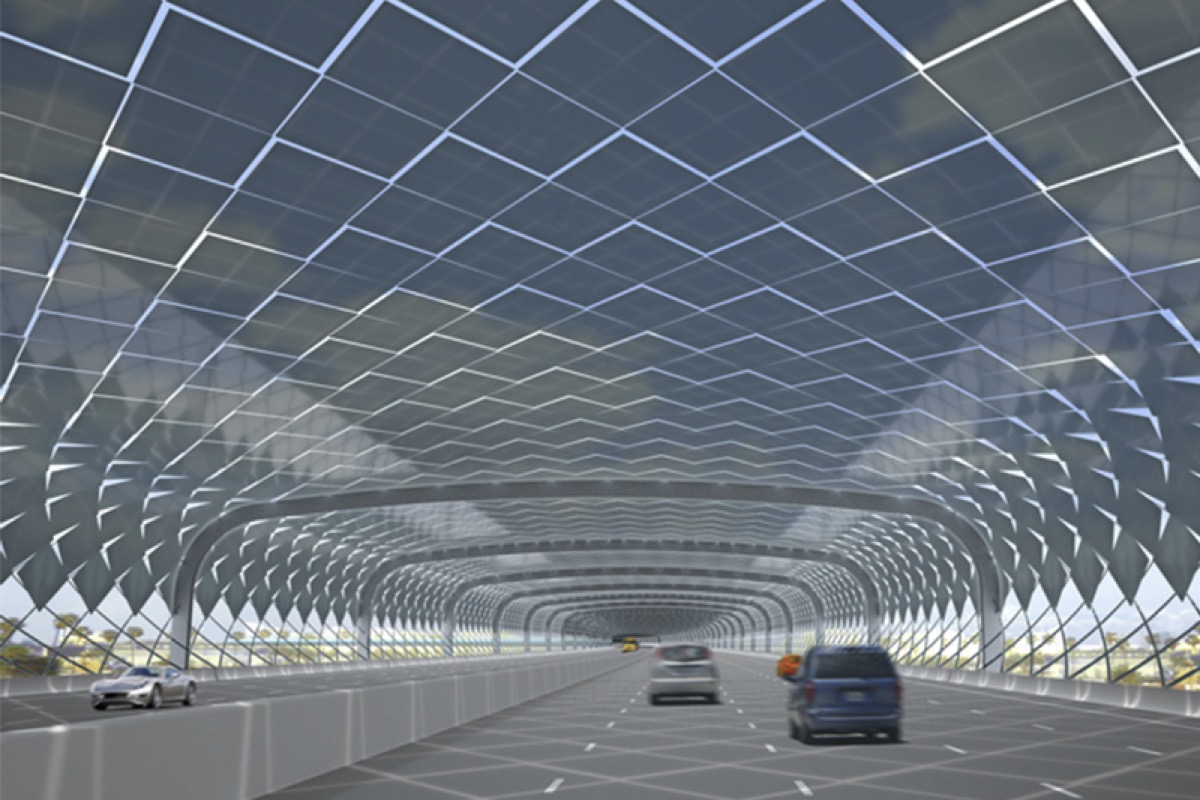Solar highways: maybe not so futuristic as it seems
Solar energy is clean but it mars the landscape. Solar plants need large, open spaces, without trees or hills around them, or anything that could create shade. This implies a misuse of space and money.
For their part, highways also need open spaces free of trees whose branches might fall onto the road. They need space because they cover enormous distances, and ideally they could use some kind of roofing to limit the damage that cars can suffer from inclement weather.
Several projects have linked the needs for these infrastructures with an eye toward perfectly complementing each other. The last to do so was the PV-SÜD project. The idea, promoted by the Austrian Institute of Technology, the Fraunhofer Institute for Solar Energy Systems and the Forster Industrietechnik company, seeks to cover highways with solar panels. In this way, the promoters claim, it would be possible to take advantage of sunlight, space would be saved, and cars would be protected from poor weather.

LABOR3’s photorealistic montage visualizes the idea. Foto
The basic idea would be to use that energy to feed service areas along the motorways, as well as the lights and some adjoining buildings. The project has a futuristic design, but its execution is rather realistic. In fact, this isn’t the first project to propose joining highways and solar panels.

The idea isn’t new, and has been explored in different ways over the past decade. The Solar Serpents project wanted to do this in Santa Monica (California, USA), but the trajectory was semi-urban and it wasn’t very big. There was more luck in South Korea, where they covered a bike lane that ran parallel to the highway: it was a less ambitious and more realistic project. This model has also been seen in Europe, although on a smaller scale. The solar tunnel in Antwerp (Belgium) is three kilometers long and entirely covered with solar panels to power the trains that run inside it.
These successful projects demonstrate that, beyond any futurist touches, it’s possible to link road safety and clean energy. And that when problems are met jointly, innovative ideas can emerge.